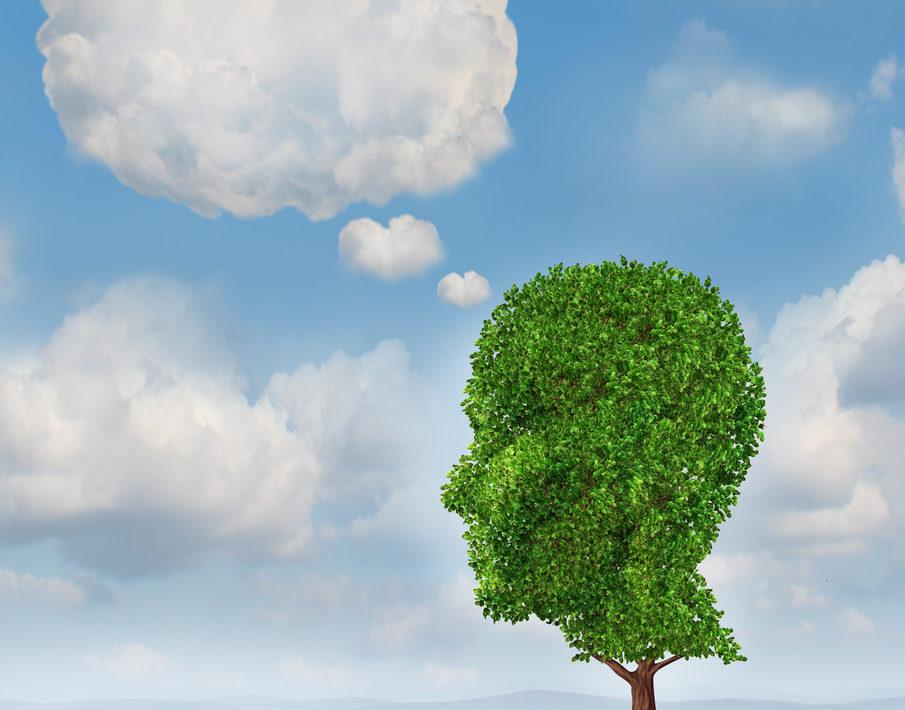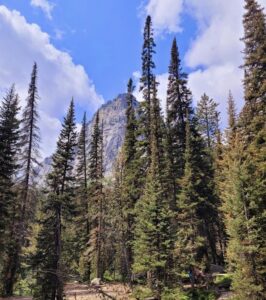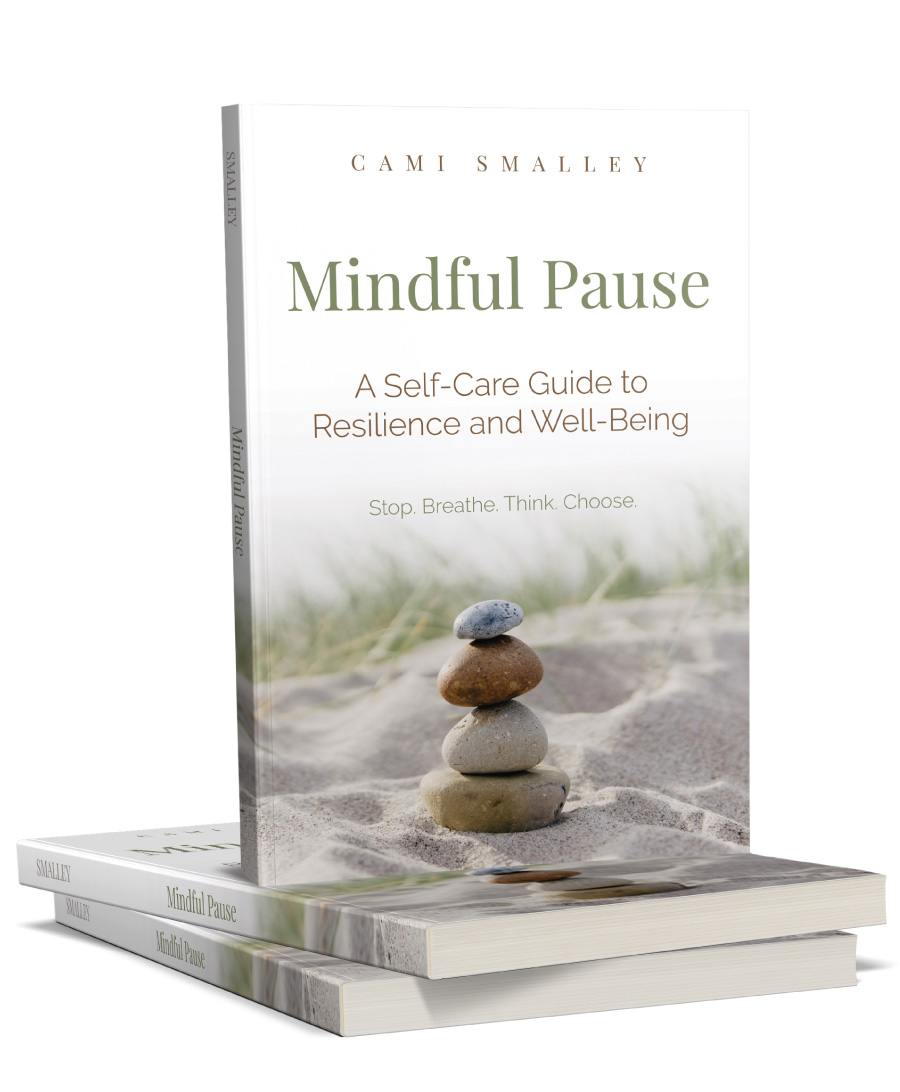

Take a Mindful Pause and Choose closeness to Nature as gateway to freedom.
July is the month to celebrate FREEDOM. Guided Resilience invites you to bloom into summer through moments free from hurry, free from work, free from distractions to notice and engage with the perpetual resilience, inspiration, and beauty of the outdoors. Consider sprinkling these simple self-care seeds into your life and be ready to grow.
Going out is really going in…
I only went out for a walk and finally concluded to stay out till sundown, for going out, I found, was really going in. – John Muir
Shift Happens – Outside. Get outside to restore yourself from the inside out when life gets overwhelming. I occasionally invite clients outside for coaching sessions or my weekly Mid-day Mindful Pause. Many find spaces to practice their self-regulation skills outdoors. It’s often easier to sense the energy shift that nature inspires sitting by a tree or near gently moving water. Or the expansiveness of clouds softly passing across a blue sky or twinkling stars against an infinite darkness. Empower your freedom to choose to step outside for a work break. Or grill a meal and eat outdoors. Turn the walk to the mailbox into a walk around the block. Or turn a social or professional meeting into a walk and talk.
Get close to the Earth. During times of adversity, there is often an intuitive desire to connect with the restorative qualities of the natural world. I often hear from clients who garden, exercise, or simply sit outdoors when life’s burdens trigger their Personal Stress Warning Signals. One client described the rejuvenation she experiences getting her hands into her garden, turning the soil, and planting seeds. Another client discovered the restorative practice of pulling her car into the local park after a strenuous day at the hospital to restore herself with a scenic landscape before returning home. I remember pulling weeds one spring and, at one point, just laying down on the earth. My current tensions eased as the earth’s warmth and resilience seemed to provide me the comfort that I needed. Sometimes I pluck a sprig of basil or rosemary to lay at my mat for yoga practice. Sometimes a perfectly placed bouquet of summer flowers provides a quick shift in mindset.
Be playful and prayerful outdoors. Play is an often neglected dimension of well-being. And fewer Americans are practicing their spirituality in churches. But playfulness and spirituality are essential to our well-being. 
Play, especially outdoors, can quickly transform mood and energy. Consider putting a gym membership on hold and take up a playful summer sport or activity. The local parks are hives of activity to satisfy our need to exercise, socialize, and even pray.
Prayer is a way to seek union with the Divine. And there are infinite ways to pray – including through the gifts of Creation outdoors.
William Cullen Bryant’s poem, A Forest Hymn, reminds us:
The groves were God’s first temples.
In the woods, along a stream or lake, on a mountain top or rolling plain, our minds and hearts become inspired, emboldened, purified, reconciled, and somehow, we can even feel born again. Try this Movement Meditation series of postures and flows to embody the restorative gifts that Nature has to offer.
How much time do you need to spend outside? Nature deficit disorder is a legitimate reality. One study researched nature’s role in ergonomics (work setting) and demonstrated that time in nature is known to improve mood, enhance respiratory functioning, regulate hormonal malfunctions, and impact thought structure. A recent study examined associations between recreational nature contact in the last seven days and self-reported health and well-being. The likelihood of reporting good health or high well-being becomes significantly greater when individuals have greater than 120 minutes of nature contact in the past week. It did not matter how that 120 minutes of contact was achieved – it could be one long visit or several shorter visits in a week.
With burnout on the rise and the desire for freedom from anxiety, overwhelm, and distraction on our minds, let’s put on the play clothes and set a play date with Mother Nature as an important part of our personal freedom and wellness journey.


